by Joseph G. Bilby
Colonel Patrick Kelly, who led the Irish Brigade into the Wheatfield on the second day of the Battle of Gettysburg, was born in Castle Hackett, County Galway, in 1821. Orphaned at the age of nine, he emigrated from Ireland to New York in 1850. At the outbreak of the American Civil War, Kelly, a Brooklyn merchant and a widower since 1858, enlisted as a private in the 69th New York Militia’s Company E, but was soon promoted to Lieutenant.
[text_ad]
Kelly fought at the Battle of Bull Run with the 69th and was subsequently appointed a captain in the 16th U.S. Infantry. But when Thomas Francis Meagher, then raising the Irish Brigade, offered him the rank of lieutenant colonel of the 88th New York Infantry, Kelly accepted.
Fighting at Fair Oaks and the Battle of Antietam
The new lieutenant colonel of the 88th was described by one of his officers, Captain William O’Grady, as a sturdily built man of average height, and “handsome, with a noble forehead, brilliant black eyes, the blackest hair and a dark complexion.”
On June 1, 1862, Kelly led the 88th into its first battle at Fair Oaks, Virginia. In this and subsequent actions during the Peninsula campaign, he established a reputation as a brave and capable commander. At the Battle of Antietam, Kelly lost a third of his men in stubborn fighting at the famed Bloody Lane.
“Courageous Leadership”
The 88th next saw action in the forlorn-hope assault on the sone wall at Fredericksburg. Following that battle, in which the regiment lost half its men, the usually voluble General Meagher wrote that Kelly “displayed a courageous soldiership which I have no words, with all my partiality for them, adequately to describe.”
Kelly’s stolid and courageous performance in combat also attracted attention further up the chain of command. Brigadier General Winfield Scott Hancock, no mean judge of men, noted in his Fredericksburg report that the Irish born officer, promoted to colonel before the battle, was “active and resolute, as he always is.”
After Gettysburg
After the Battle of Gettysburg, Colonel Kelly successfully led the Irish Brigade through the Bristoe Station and Mine Run campaigns. As winter set in, he returned to New York on recruiting duty and remained there until the following spring.
At Cold Harbor, on June 3, 1864, Irish Brigade commander Colonel Richard Byrnes was mortally wounded, and Patrick Kelly once again returned to command the brigade—but not for long. Kelly led from the front, and, as with many other officers, his luck ran out.
Kelly’s Luck Finally Ran Out
Following a June 16 attack on Petersburg, General Hancock regrettably reported that the “gallant commander of the Irish Brigade, Patrick Kelly, was killed at the head of his command while intrepidly leading it to the charge.”
The men of the Irish Brigade were less restrained, and one wrote that “strong old veteran soldiers wept like children and wrung their hands in frenzy” following the death of their popular commander. Kelly was so well regarded in the Army of the Potomac that a redoubt in the Petersburg siege lines was officially named “Fort Patrick Kelly” in an order issued by army headquarters on September 23, 1864.
Colonel Patrick kelly was one of the solid mid-level officers who provided the backbone of the Army of the Potomac, and was a credit to the countries of his nativity and of his adoption. Honored in life, Kelly’s heroism had faded into the mists of time, largely forgotten, even by Civil War buffs. He has always deserved better.
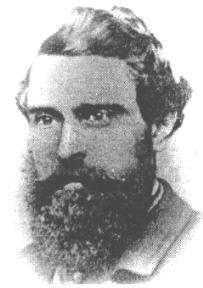
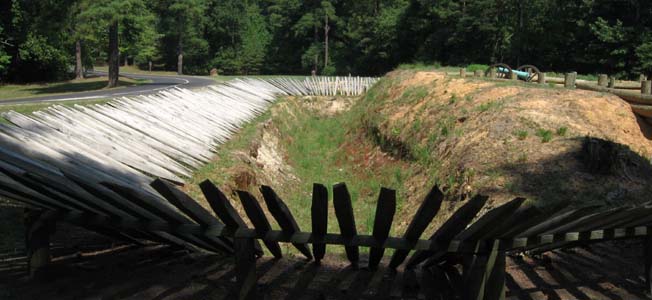
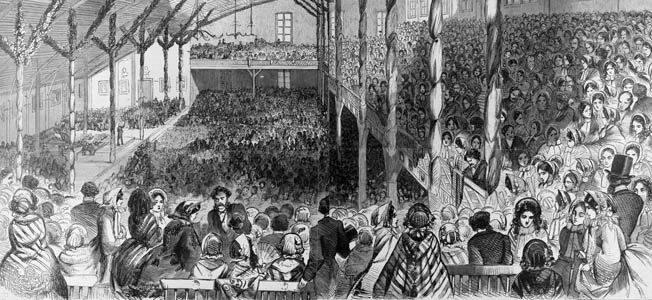
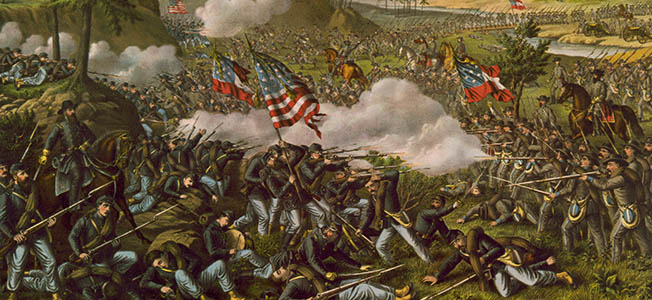
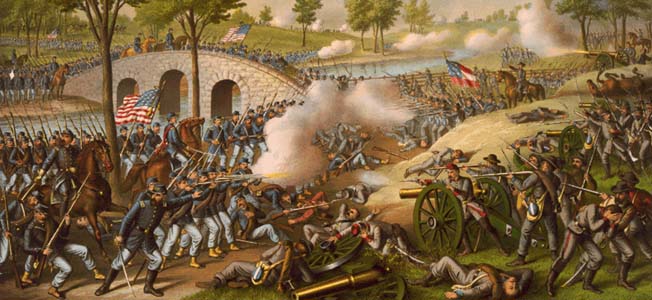
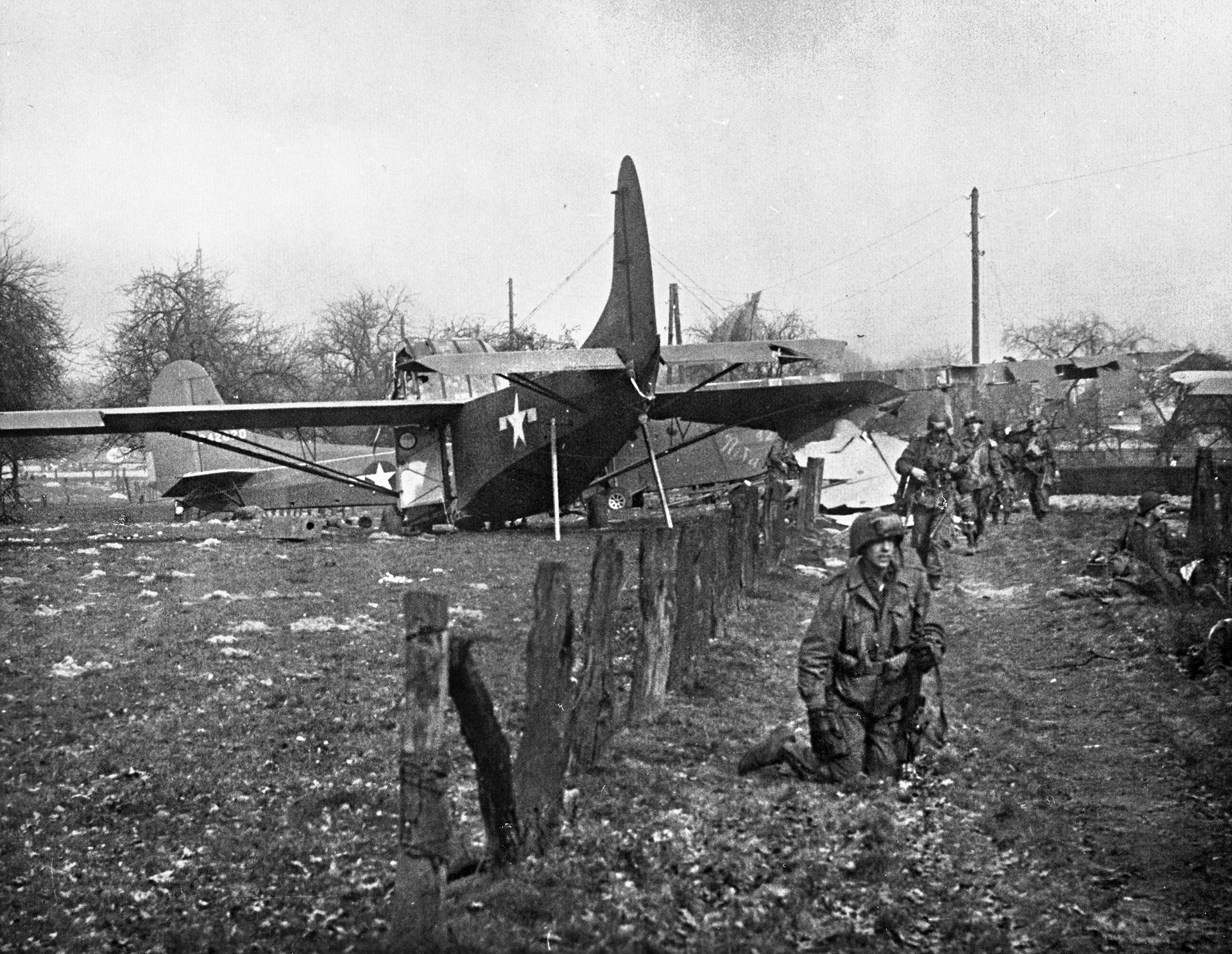
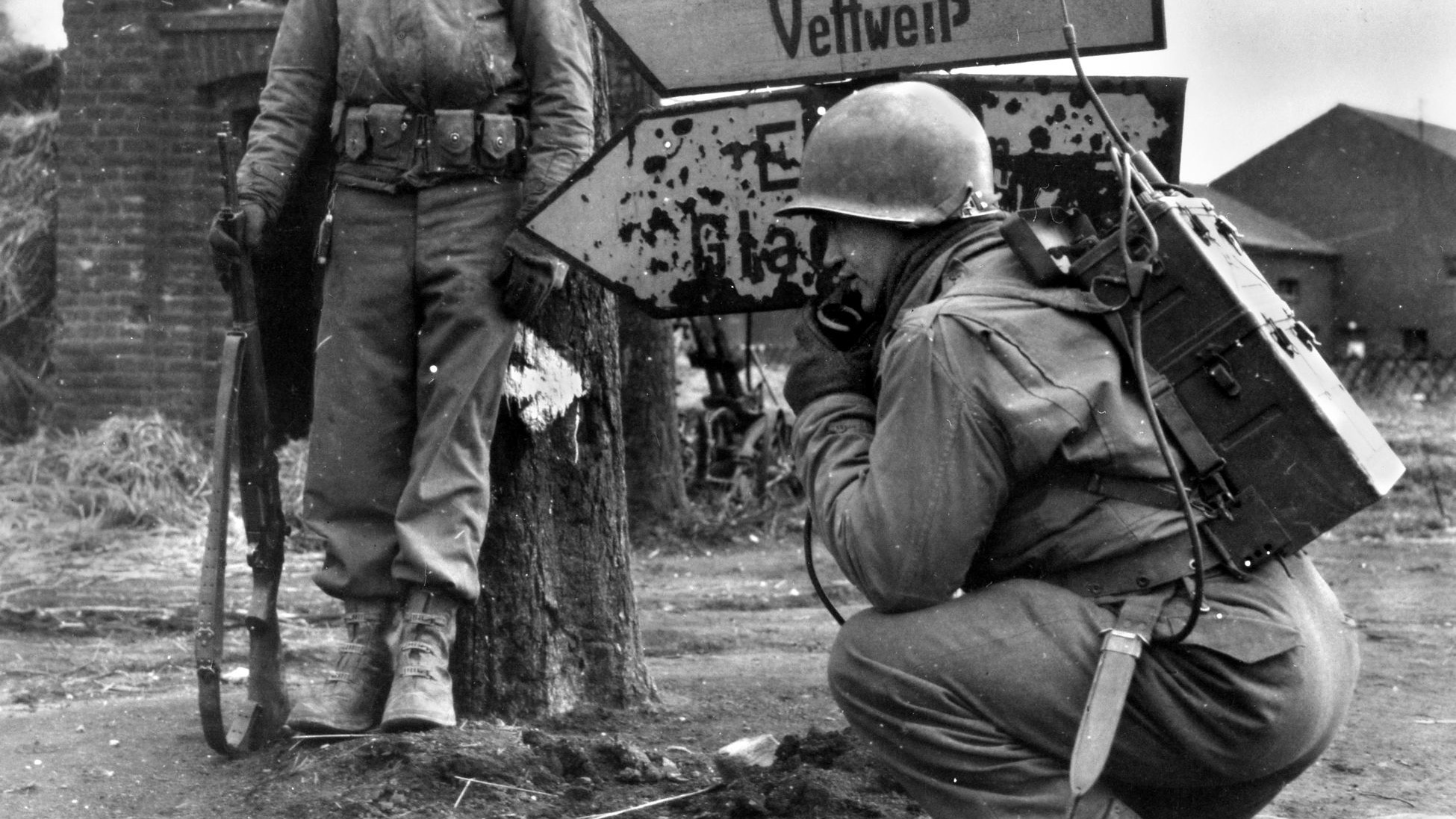
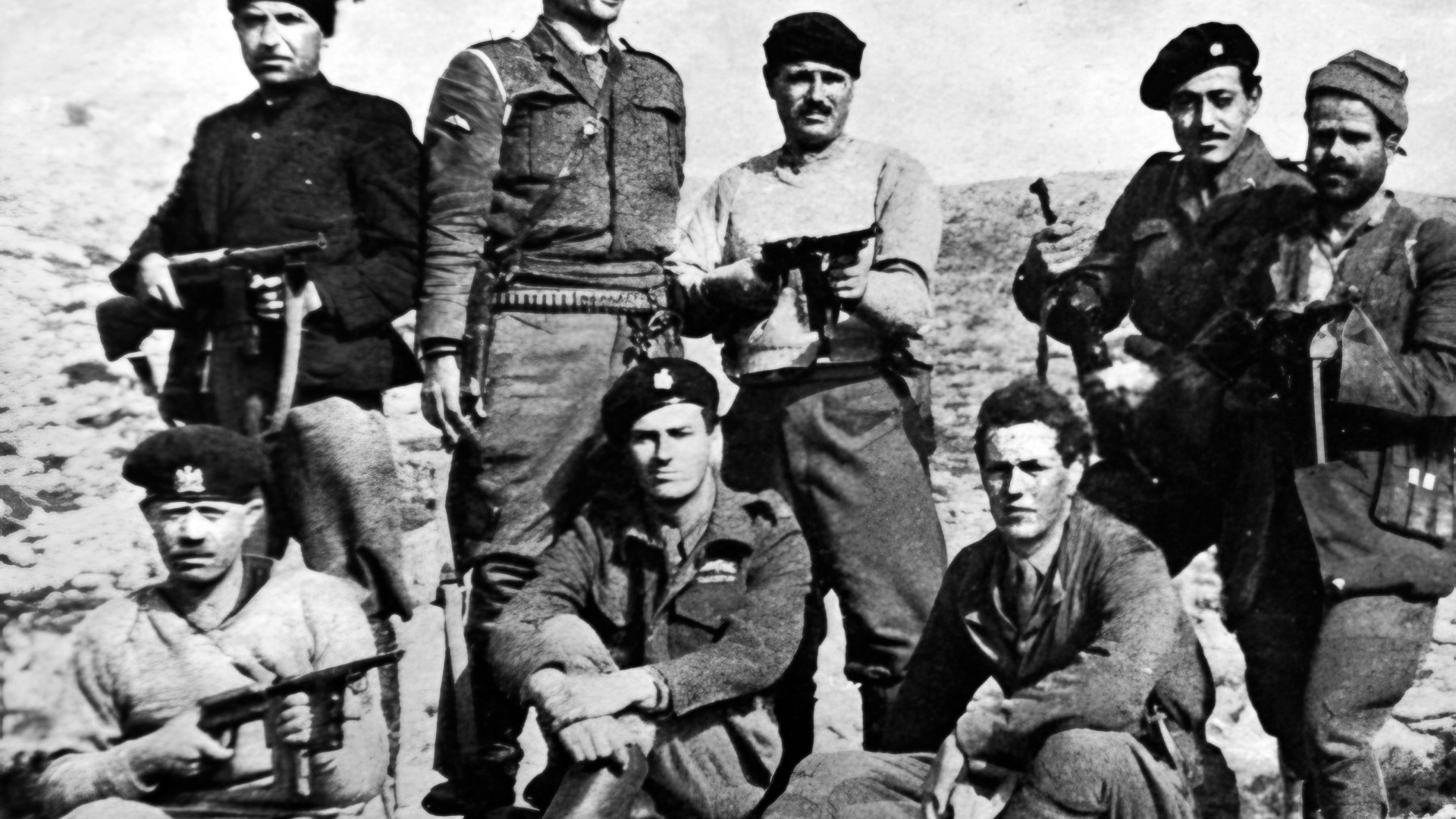
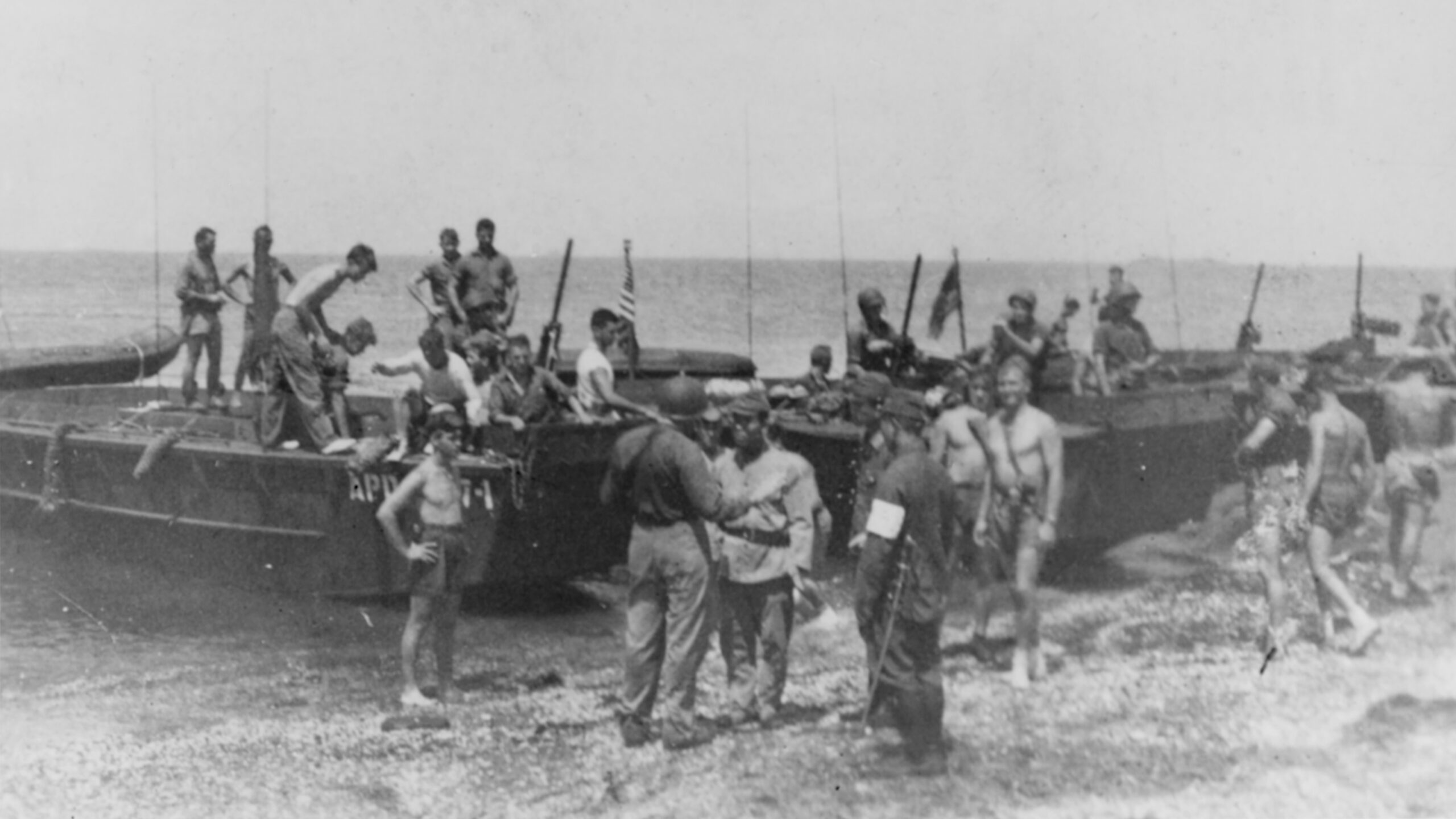
Join The Conversation
Comments
View All Comments